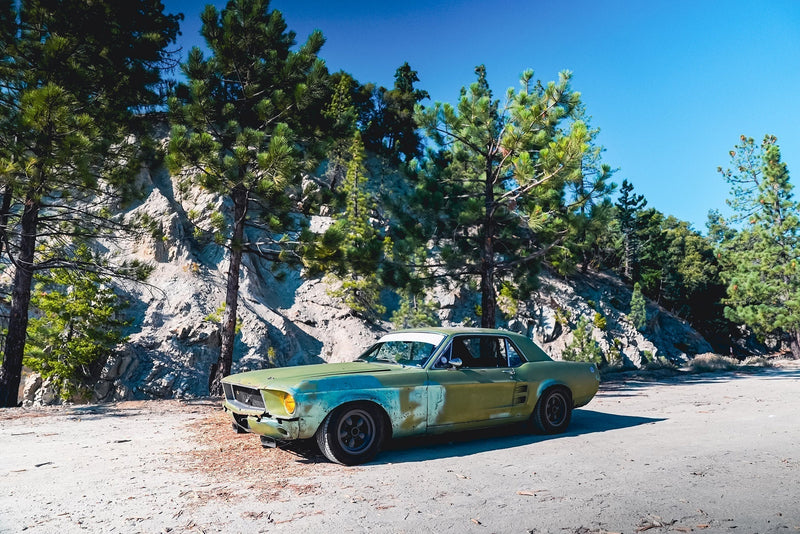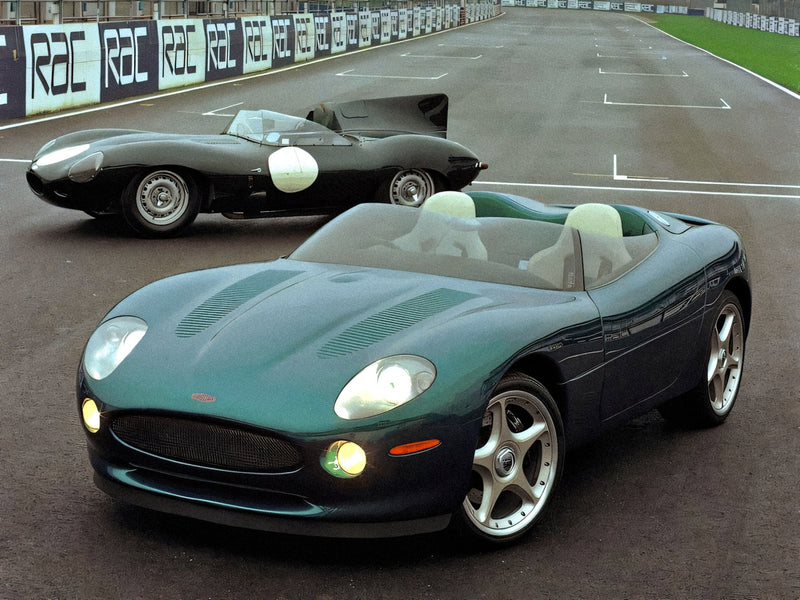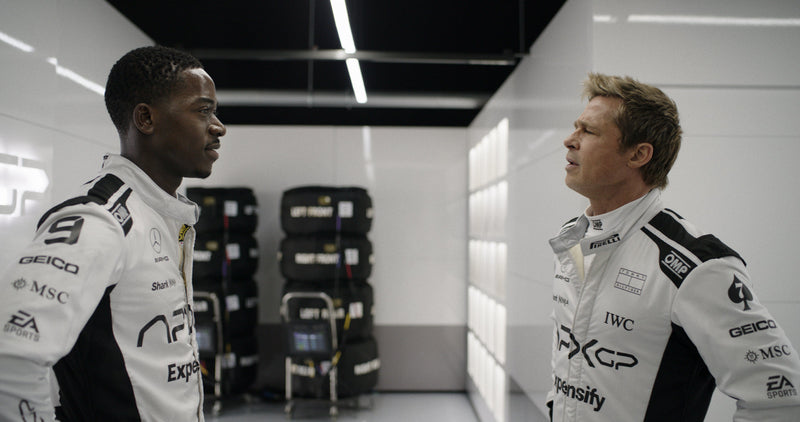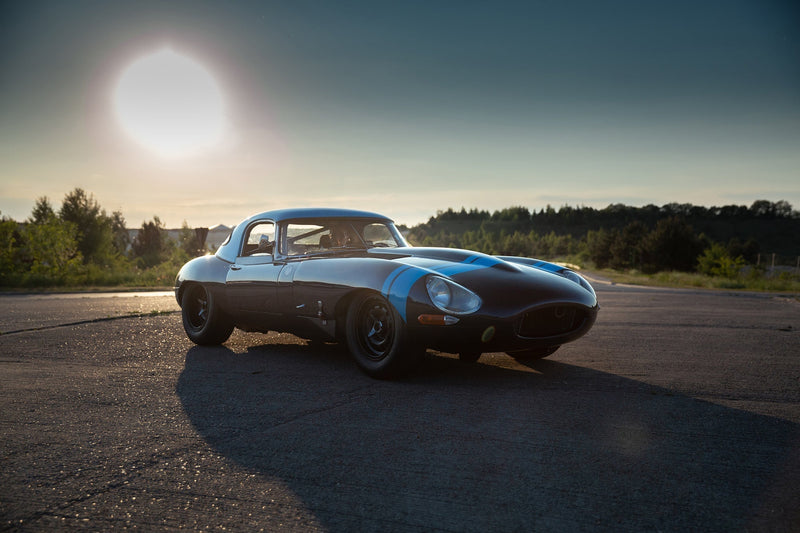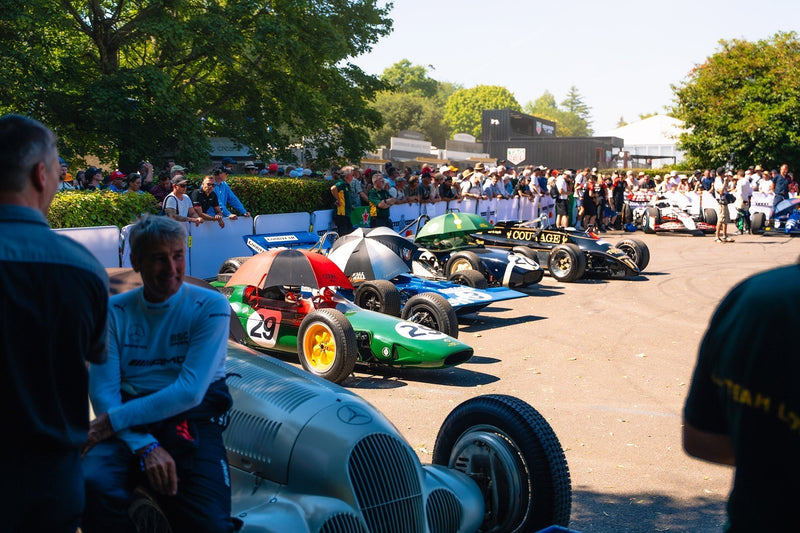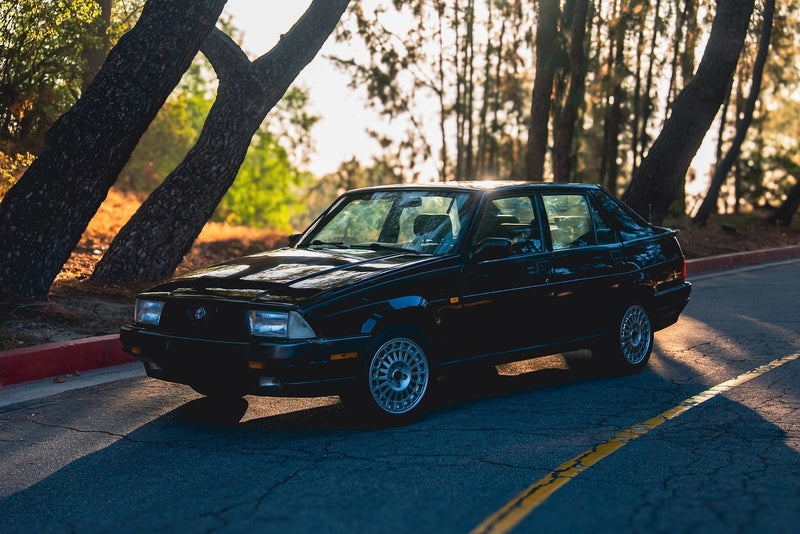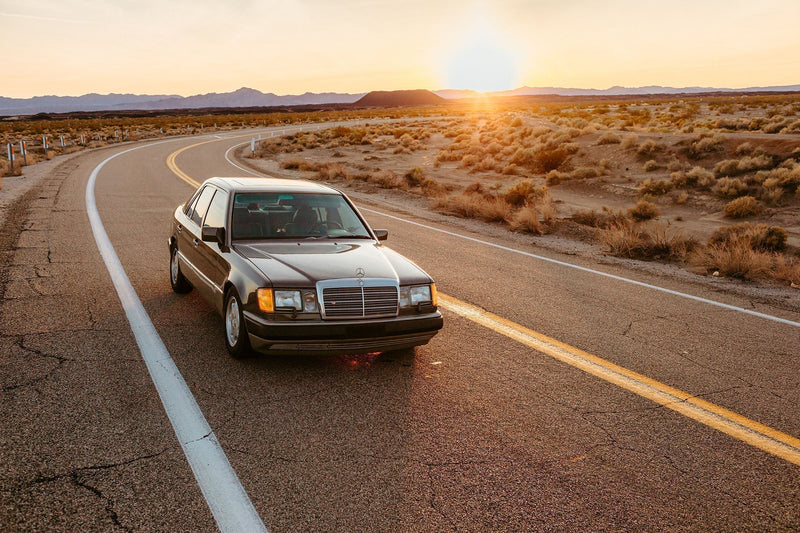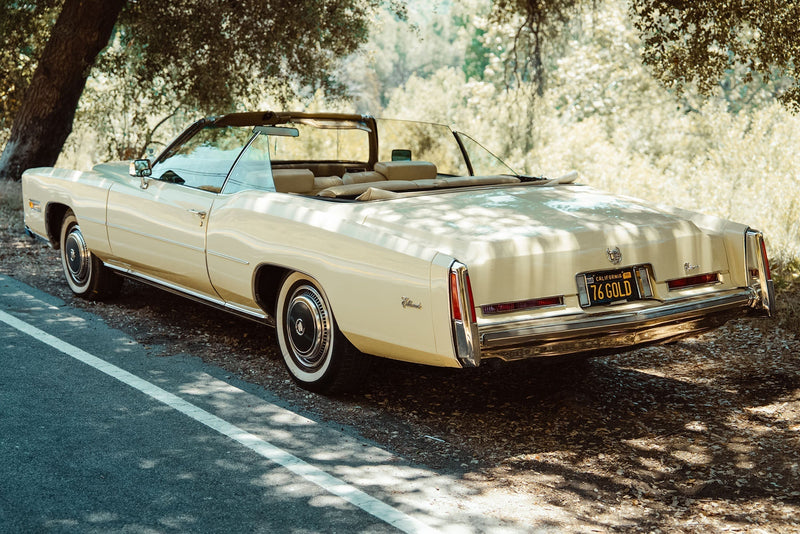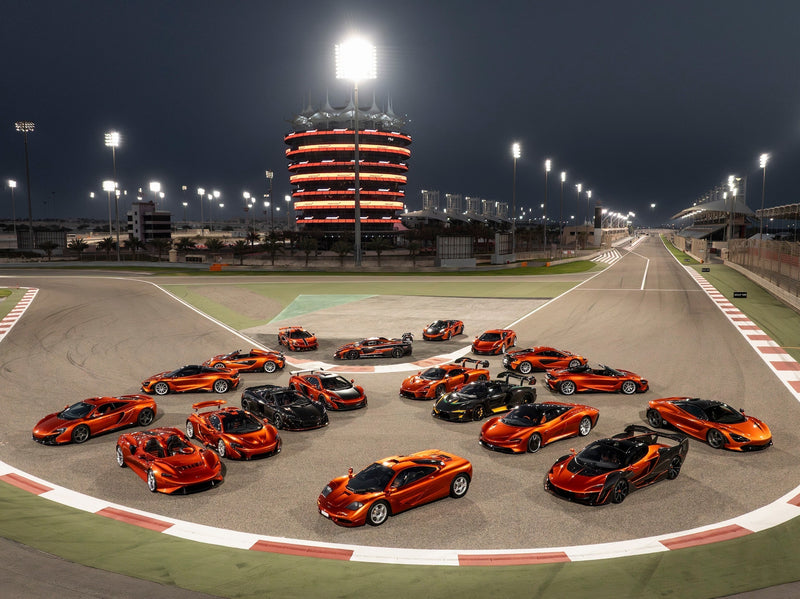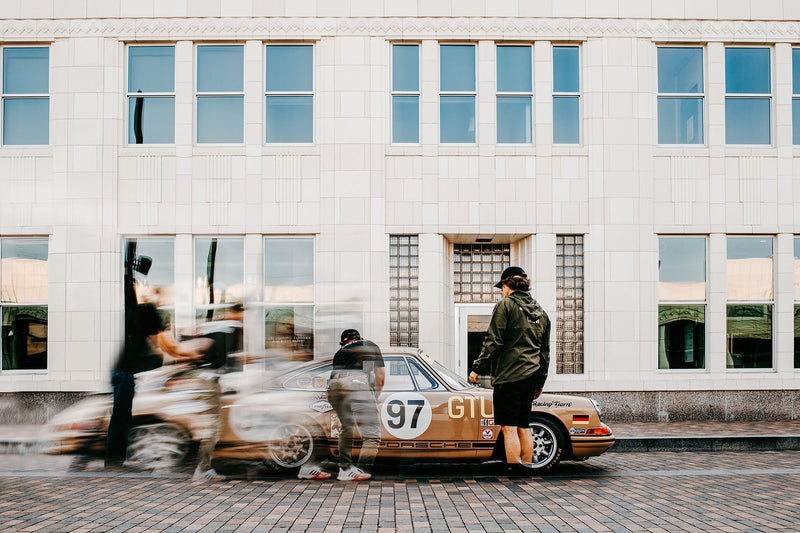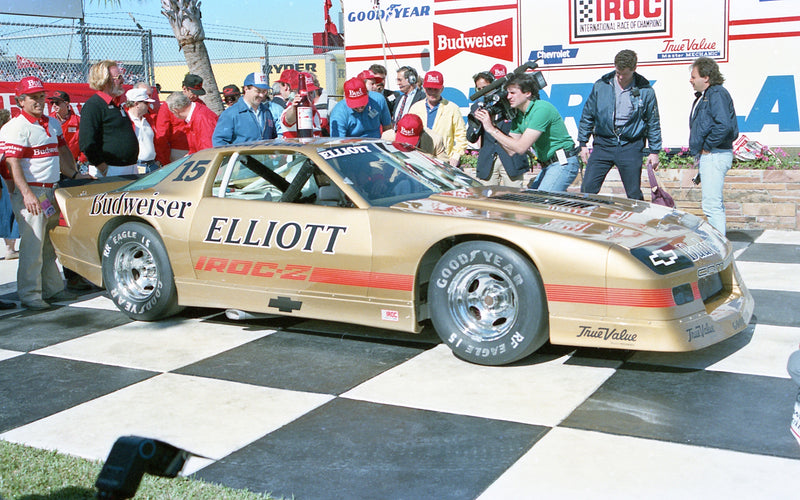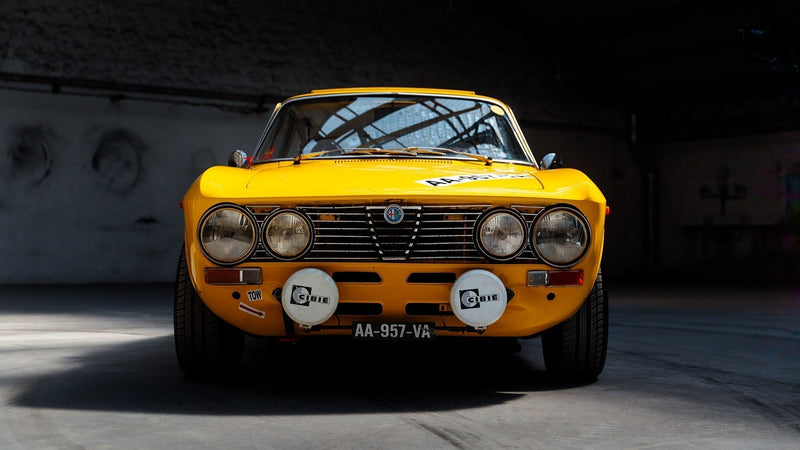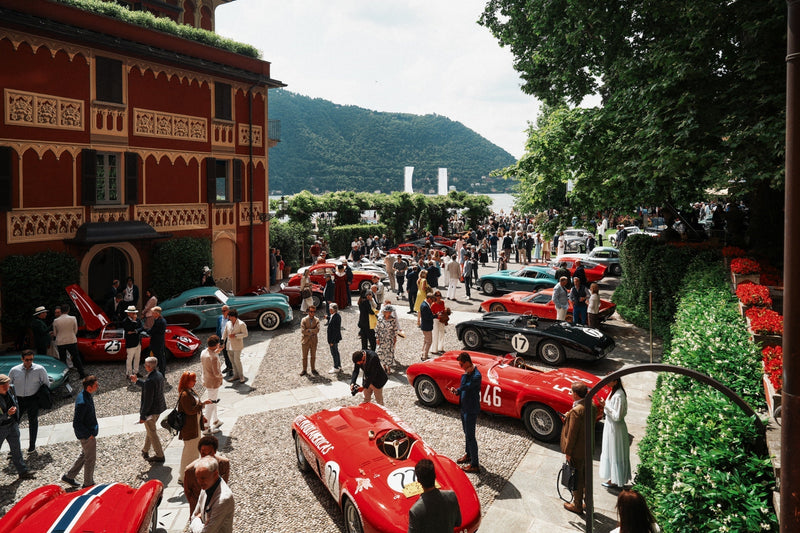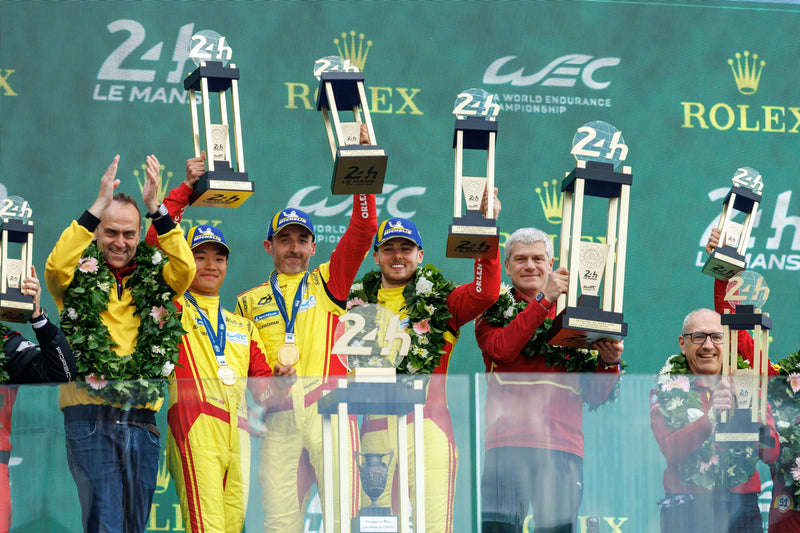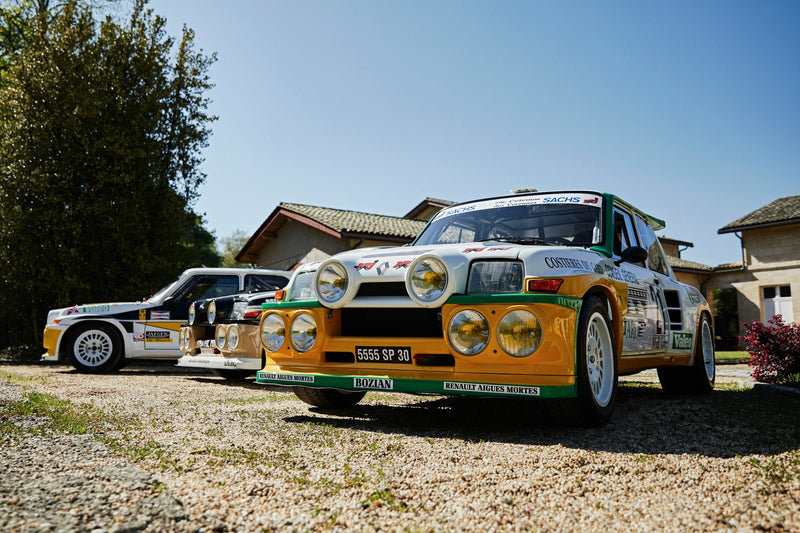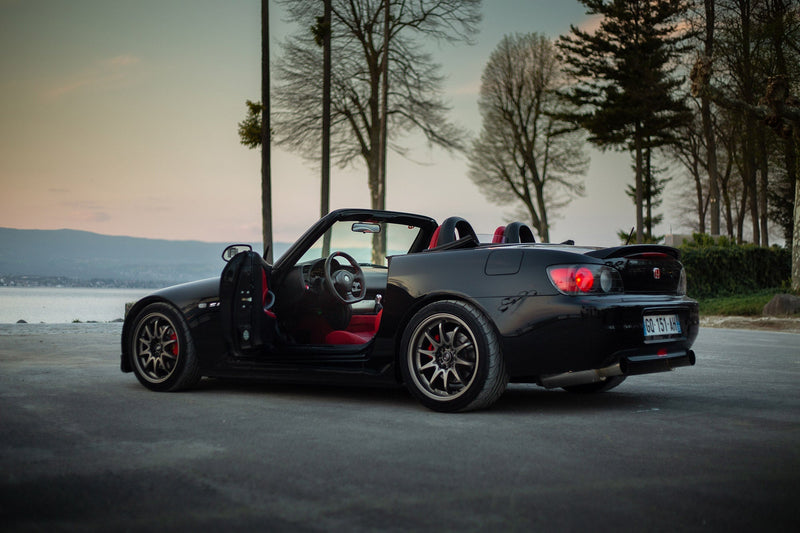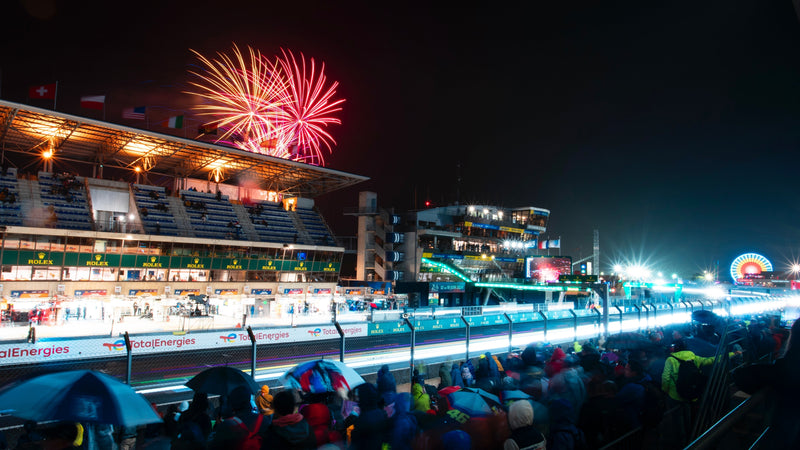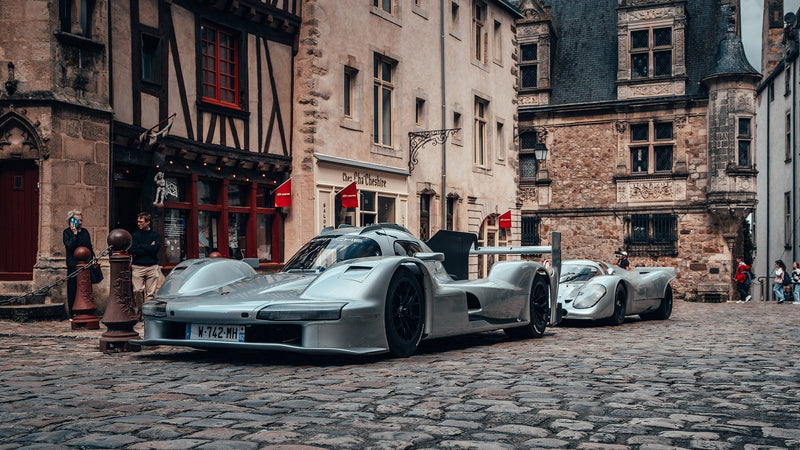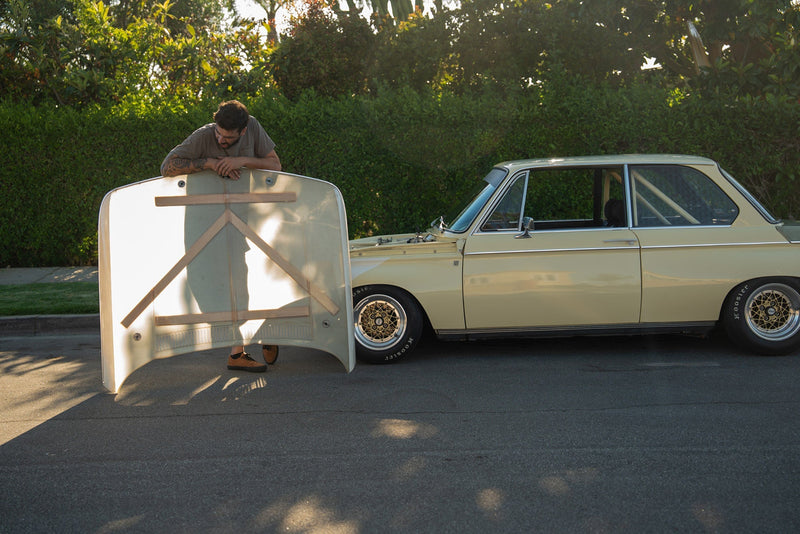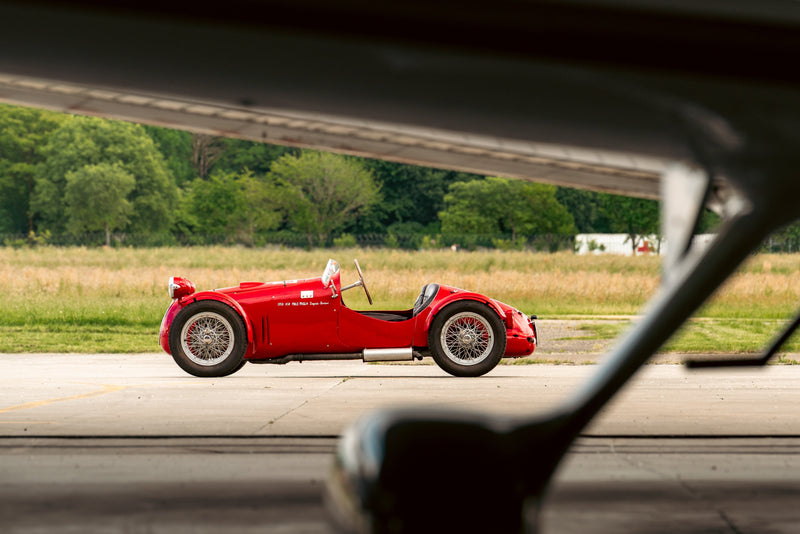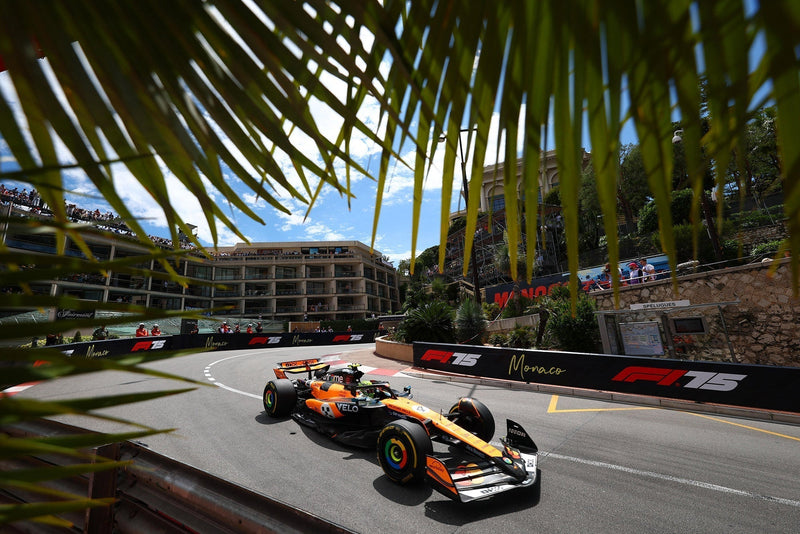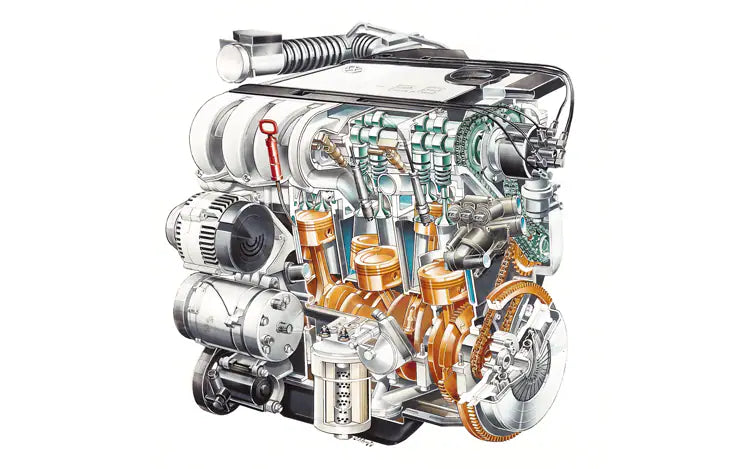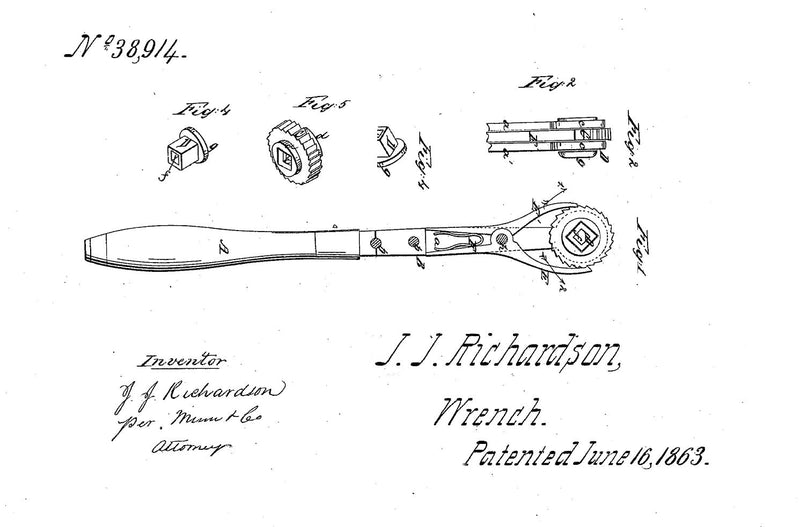We've been taking a look at the history of racing colors over the past few weeks. (Click here to read the introduction,click here to read about British Racing Green origins, andclick here to read about Germany's silver and white.)
Rosso Corsa, or Racing Red, has been the color of choice for what seems like every Ferrari to come out of Modena since the brand’s creation. The striking vermilion hue has also graced Alfas and Maseratis, as well as Ducatis and even the odd Piaggio. While it is the color many of us instinctively imagine when we picture an Italian sports car, few of us know where the color came from. Well sit back and relax friend, you’re in for quite a story…
The year is 1907 and the automobile, or “horseless carriage,” is a mere 20 years old. These conveyances are still toys for the rich and hardly reliable. Wheels are still made from wood, controls are arcane and eccentric in the best case and there are few paved roads on which to exploit their speed. But adventurers and futurists of the day saw automobiles’ potential and sought to showcase the nascent revolution these machines had awakened.



“...We ask this question of car manufacturers in France and abroad: Is there anyone who will undertake to travel this summer from Paris to Peking by automobile? Whoever he is, this tough and daring man, whose gallant car will have a dozen nations watching its progress, he will certainly deserve to have his name spoken as a byword in the four quarters of the earth...” So read the January 31st 1907 edition of the Paris newspaper Le Matin. The publishers were issuing a challenge to any and all willing to undertake the 9,317-mile journey from Eastern China to Western Europe. Make no mistake; attempting to drive a contemporary vehicle from Peking to Paris in 1907 was as large and ambitious an undertaking as the moon landing.
Forty teams entered into the contest, but only five actually shipped their vehicles to Peking and were prepared to start. Three French entrants and a Dutch team arrived in China along with the focus of our story, an Italian team consisting of Italian prince Scipione Borghese, his mechanic/chauffeur Ettore Guizzardi and journalist Luigi Barzini, Sr.
There were no actual rules for the race, and the only prize offered by Le Matin was a case of Mumm champagne. National pride was the true prize here, and each team had their sights set on claiming the first successful passage by automobile on a route only ever attempted by horse before. The proposed route followed a telegraph route, allowing for frequent dispatches to the media, and camels were sent ahead of the race to set up fuel stops along the journey.



Prince Borghese began the race with a 7-liter Itala that was 40hp strong and wearing a deep scarlet red that spoke to the blood and emotion invested in the journey. The trek was – predictably – full of adventures and mishaps. Cars flipped, tracks and parts were improvised and new history was created.
At one point midway through the race, Borghese’s princely obligations overcame his competitive spirit and he made a several hundred-mile detour from Moscow up to St. Petersburg to attend a dinner held in his honor. Following the meal, he traversed the several hundred miles back to the race route and continued his journey. Given the incomprehensible distances and the achingly slow speeds by today standards, the race was closer than could scarcely be believed. Prince Borghese and his Rosso Corsa Itala won by just a scant hour. After a total race consisting of 9,317 miles and 61 days, only 60 minutes separated him and the second place finisher. Unbelievable.
To commemorate their great national champion and hero, Italy adopted the vibrant scarlet shade of the Itala as their national racing color. Going forward, all manner of Italian machinery was painted in Rosso Corsa, and a certain Enzo Ferrari would adopt the hue when he began building his famous racing cars. So the next time you see a Ferrari or Ducati in that unmistakable crimson, think of Prince Borghese and his two-month journey across the barely charted world.



Image Sources:mojomotors.com ,flickr.com




















